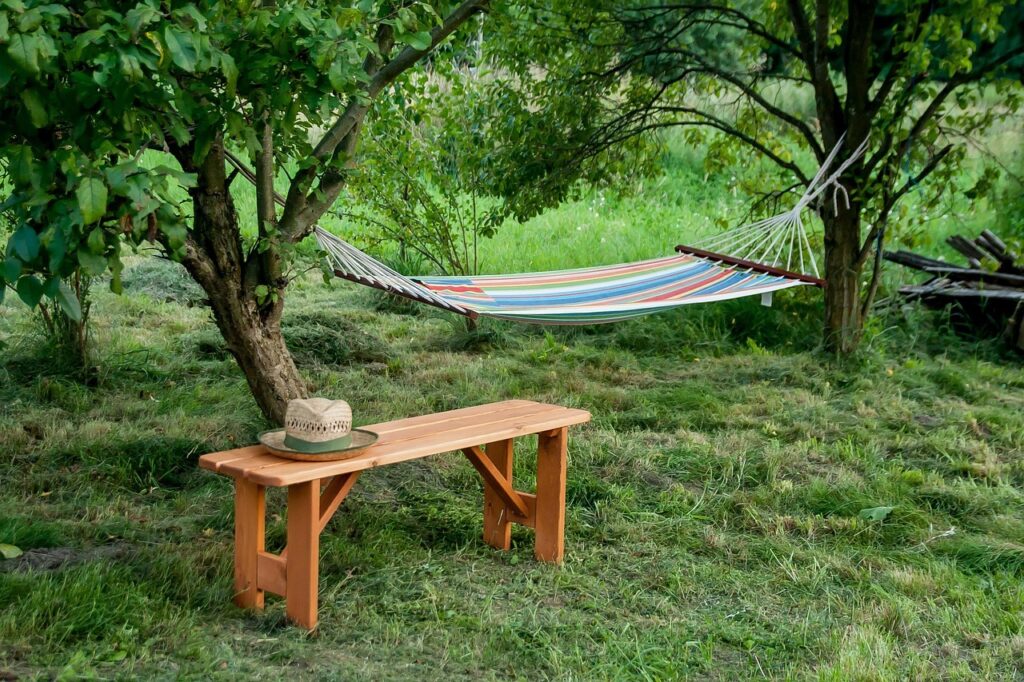A few years ago, I stood in my backyard, staring at a patchy lawn, a couple of struggling rose bushes, and one very confused hydrangea. I’d spent more weekends than I’d like to admit trying to “beautify” the space, but nothing seemed to thrive. The bugs were either nonexistent or invasive, and the soil always felt like it was trying to tell me something I didn’t understand.
That’s when I stumbled on a concept that completely changed how I think about gardening: native plants.
Including native plants in landscapes and restoration projects is important for several ecological, cultural, and practical reasons:
1. Support for Biodiversity
Native plants provide food and habitat for local wildlife, including birds, insects, and pollinators such as bees and butterflies. These species have co-evolved with native plants and depend on them for survival.
2. Environmental Resilience
Native plants are adapted to local climate, soil, and ecological conditions. This means they are more resilient to drought, pests, and diseases, reducing the need for irrigation, pesticides, and fertilizers.
3. Erosion Control and Water Management
The root systems of native plants are often deep and well-suited to stabilizing soil and improving water infiltration. This helps reduce erosion and manage stormwater runoff, contributing to healthier watersheds.
4. Cost-Effectiveness
Because they are well adapted to the local environment, native plants typically require less maintenance, water, and chemical input, which can result in long-term cost savings.
5. Preservation of Cultural Heritage
Many native plants hold cultural and historical significance for Indigenous peoples and local communities. Using native species supports cultural preservation and restoration practices.
6. Combating Invasive Species
Native plants help prevent the spread of invasive species by occupying ecological niches and outcompeting non-native plants that can disrupt ecosystems.
7. Aesthetic and Educational Value
Native plant gardens can showcase the beauty of regional flora, foster a sense of place, and offer opportunities for environmental education and awareness.
In summary, including native plants promotes healthy ecosystems, conserves natural resources, supports local wildlife, and contributes to sustainable land management.
Learning to Grow What Belongs
At first, I’ll admit, “native plants” didn’t sound particularly exciting. I had visions of scraggly weeds and brown landscapes. But the more I learned, the more it clicked. These plants belong here. They’ve evolved alongside the local wildlife for centuries. They know how to handle the weather, the soil, and the rhythms of this land better than I ever could.
I started small—a clump of purple coneflower, a few little bluestem grasses, and some black-eyed Susans tucked along the back fence. I wasn’t expecting magic. But that’s what I got.
Within weeks, butterflies showed up. Bees buzzed in from nowhere. The garden just… came alive.
Why Native Plants Matter—More Than I Knew
It wasn’t just about how much better everything looked. It was about the way the garden started to feel. I wasn’t fighting nature anymore. I was joining it.
Here’s what I’ve come to love most about gardening with native plants:
- They attract real wildlife. I’d never seen so many birds in my yard before—warblers, goldfinches, even a hummingbird or two. It felt like my garden finally had a purpose.
- They practically take care of themselves. These plants are tough. Once they’re established, they don’t need constant watering or chemical sprays. They just grow, season after season.
- They’re healing. Not just for the land (though they do help with erosion and soil health), but for me. There’s something deeply satisfying about growing what was always meant to grow here.
Where I Found My Native Plants
If you’re curious about giving native gardening a try, here’s how I got started:
- I used Audubon’s Native Plant Finder to see what was native to my zip code.
- I visited a small local nursery that had a “native plant” section (pro tip: chat with the staff—they’re often full of helpful ideas).
- I joined a local native plant Facebook group and quickly learned there’s a whole community of people who are really into this. They even trade seeds and cuttings!
You Don’t Have to Go All In
This isn’t about ripping out your entire garden and starting over. For me, it was one corner, one experiment at a time. And every native plant I’ve added has made the space feel a little more alive, a little more connected to something bigger.
If you’ve been feeling frustrated with your garden, or just curious about how to make it more sustainable and inviting, try going native. Start small. Look up a few plants that grow naturally in your area. Plant a milkweed, or some goldenrod, or a wild bergamot.
I promise you—it’s worth it.



Pingback: Backyard Design: The Ultimate DIY Backyard Ideas Guide